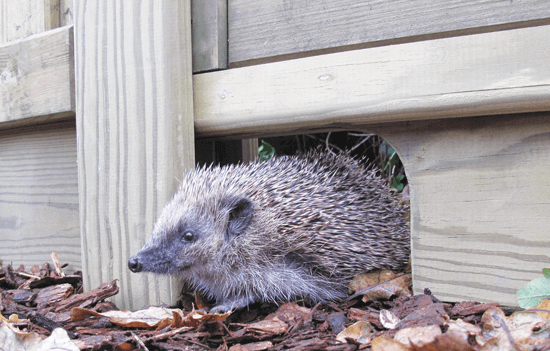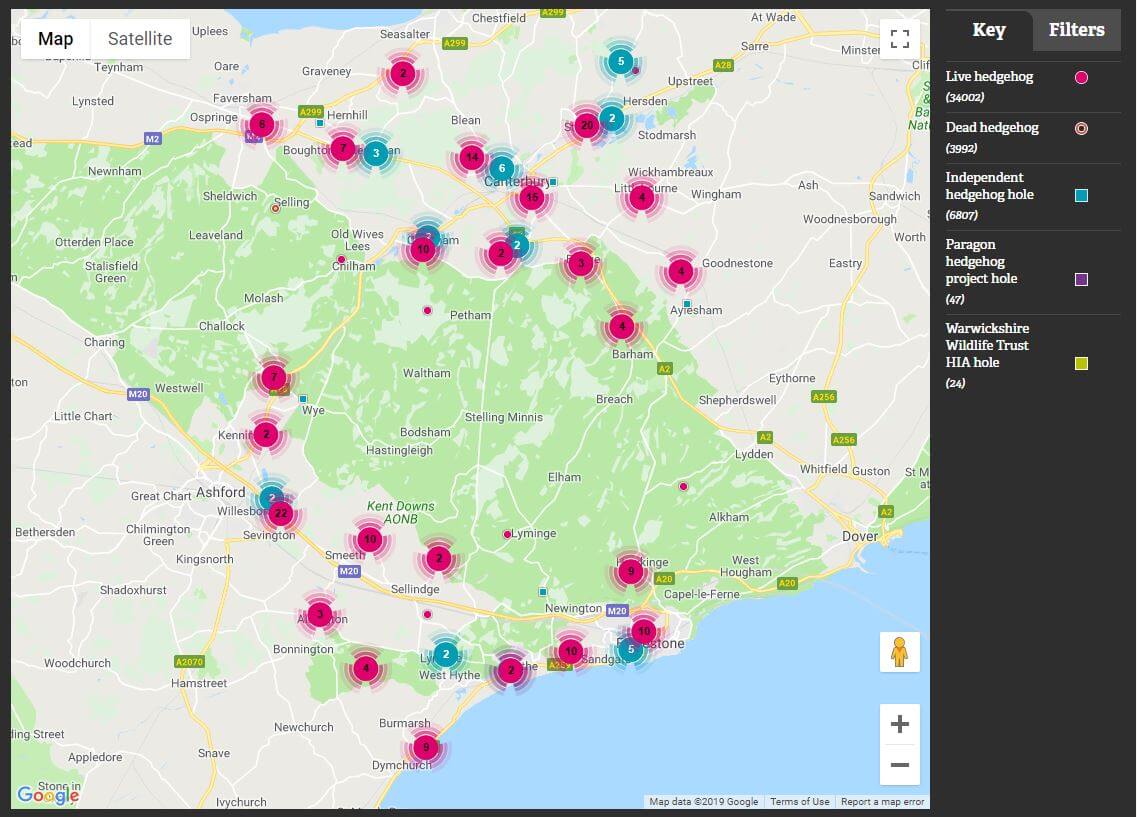02/05/2023 11:04 AM
In the last decade, the UK has lost over one third of the hedgehog population. Their numbers are declining at the same rate as the tiger, with less than 1 million remaining in the UK. Hedgehogs are so important for the ecosystem, and they’re harmless to our gardens. In fact they are actually deemed helpful; as they consume many common garden pests, such as caterpillars and other creepy crawlies (keeping your crops safe) so there’s no reason why we shouldn’t all be helping them to survive in our gardens.
What can we do to help the hedgehog number improve:
Make it easy for hedgehogs to get around
In order for hedgehogs to repopulate, they need to find mates and be able to freely move, migrating from garden to garden. On average, a hedgehog roams approx. 2km a night in search for food, mates, and nesting sites. Climbing doesn’t come naturally to hedgehogs, therefore a tunnel or a hole in your fence is much more useful.
Hedgehog friendly fences
Unfortunately, the quest to make our gardens more secure is hindering the hedgehogs’ progress. You can cut a hole in your fence (13cm x 13cm is big enough for a hedgehog and small enough to deter larger animals) or alternatively, choose a Hedgehog gravel board. This gravel board was specifically designed with the hedgehog in mind, and has a smooth planed gap that allows hedgehogs to roam freely between gardens.
The class of timber used in our gravel boards combined with the Jakcure® treatment process means they are better suited for use in contact with the ground. All our timber products are guaranteed for 25 years, so this gravel board not only helps to save hedgehogs, but also helps towards the goal of sustainability, as it doesn’t need replacing as frequently.

Once you’ve added your hedgehog hole, you can map it here:
Provide shelter
Hedgehogs usually hibernate from November-April, but they do tend to move nests at least once during this period. You can create nesting spots for them in your garden using this interactive guide.
Alternatively you can form log piles or a wild area that will provide hedgehogs with the space they need.
What to feed a hedgehog
Constantly putting out food can make wild animals reliant on unnatural food sources, but putting some out occasionally during the winter allows hedgehogs to top up on low food stock.
What you can feed hedgehogs:
- Meaty cat or dog food
- Dry cat/kitten food
- High quality hedgehog food (meat listed as first ingredient)
- Clean, fresh water
Any of these hedgehog food sources will provide nutrients as well as a treat for any hungry hedgehogs.
Make your garden safe for hedgehogs
To make sure your garden is a habitable environment for hedgehogs you should:
- Cover drains or deep holes
- Check compost heaps before digging in
- Check that ponds have easy access for animals to get out (this applies for cats too)
- Check areas carefully before planting, mowing or strimming.
If you want to donate to Hedgehog Street, you can do so by clicking the button below:
Alternatively, download the guide here:
Additional resources
Further reading
We're promoting a great organisation, Tales from Mother Earth, who create engaging wildlife stories to help encourage children to understand the world and the impact humans have. Read about Spike the Hedgehog and others here.

